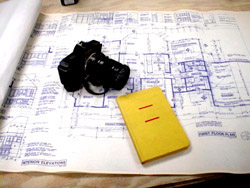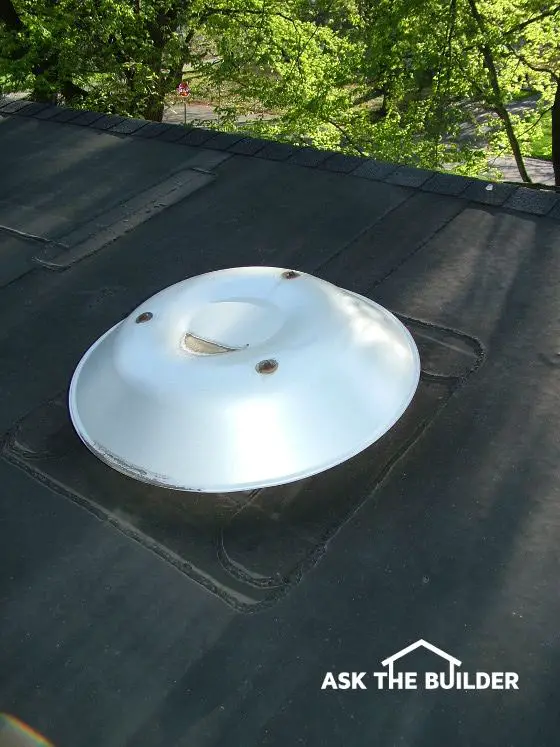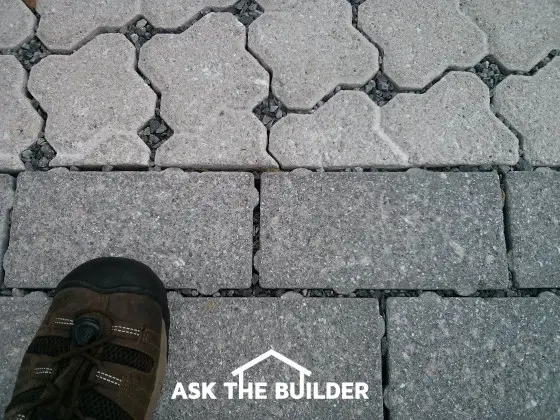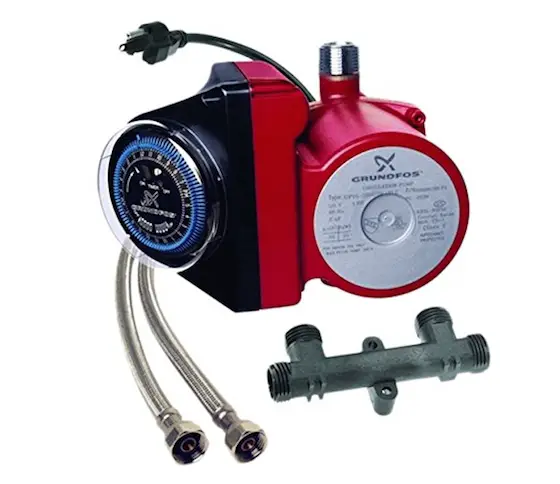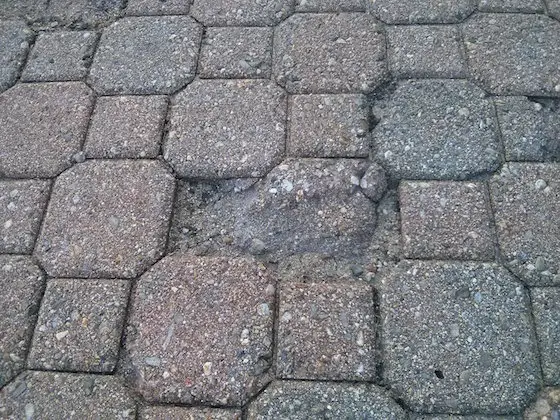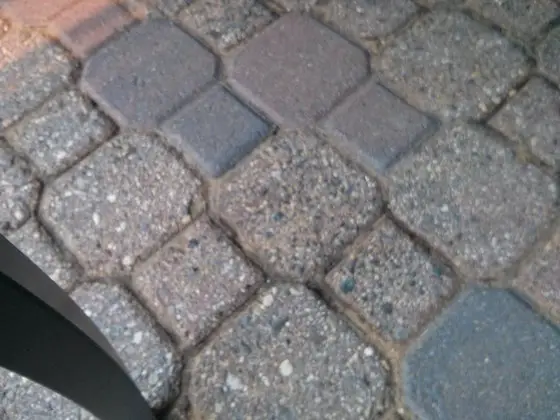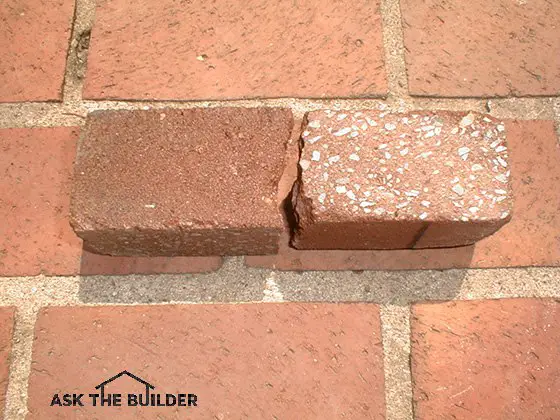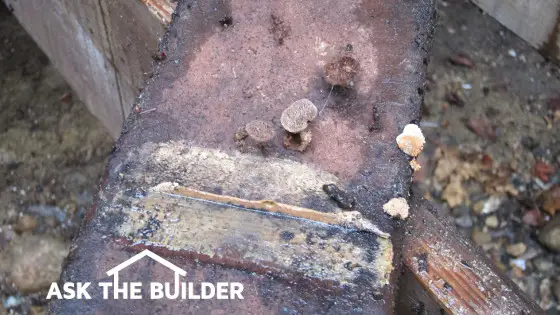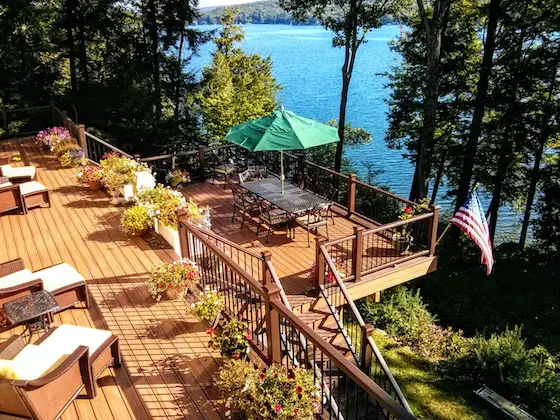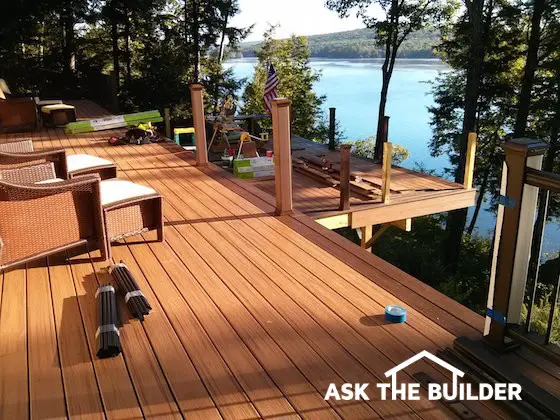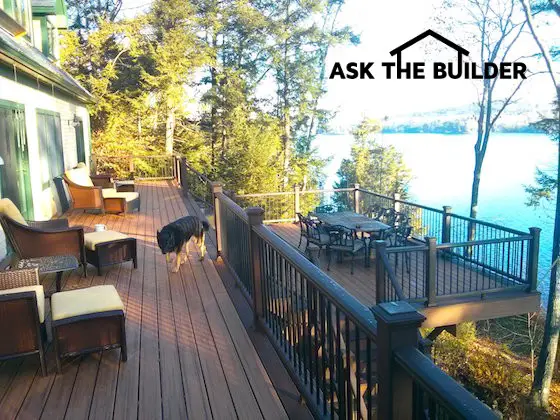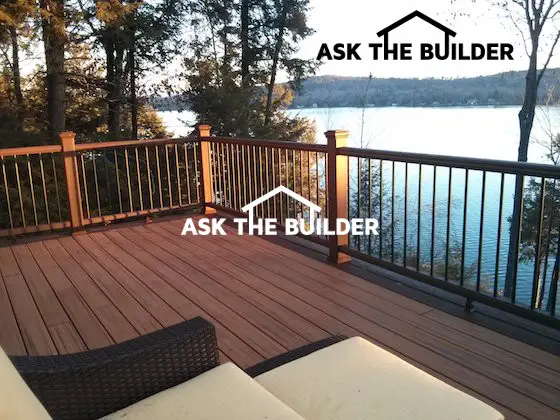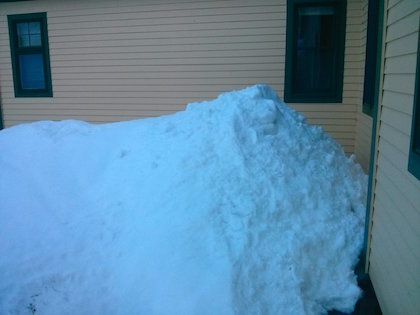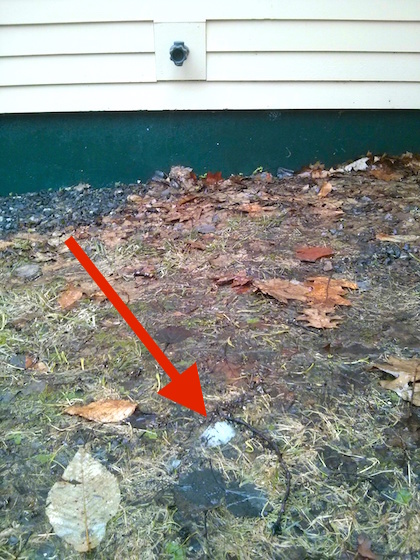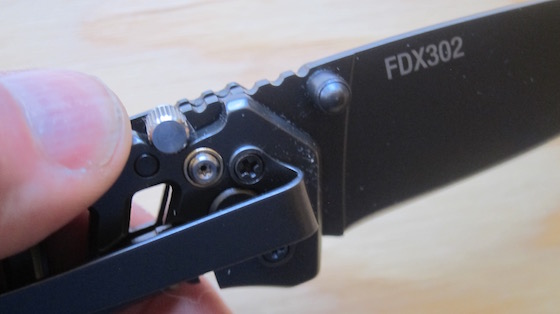House Plan TIPS
- Blueprints and plans must be very complete - will save you heartache
- Change orders happen when plans are bad
- Architect must be experienced in type of job you want to do
- Spreadsheets on plans are schedules - SEE BELOW
- CLICK HERE to Get Tim's FREE & FUNNY Newsletter!
Blueprints & Plans
Home or construction plans are the heart and sole of any project I have ever done. This is especially true of large scale room addition work or new home construction.
Without detailed plans, a project is doomed to failure. Mistakes will happen.
Cost overruns will almost always occur. Change orders will be a weekly event.
All of these things take the fun out of construction for both the homeowner and the contractor.
Change Orders - Death On A Stick
Take change orders for instance. I hated change orders! I never made any money on change orders.
They disrupted the flow of the job. It seems that you can never recapture the cost of the time spent discussing the change, calculating the change and administering the change. They were nightmares as far as I was concerned.
Free & Fast Bids
Great Plans Are A Must
If you're getting ready to start a project, shop around for a good set of plans. Now, how might that be done?
There are a couple of ways.
For starters, I've sold a fantastic set of plans to show you ALL THE THINGS and PAGES that should be on your new home or major-remodel plans.
CLICK HERE to DOWNLOAD the plans now.
Blueprints & Plans Video
Watch this video to see a great set of plans for a room addition. Wait until you see the interior elevations that show light switch locations!
Lumber Yards Know Best
Here's another trick for you. Most lumber yards have salesmen that call on builders.
Some of these same companies may be large enough to have an in-house estimator. I used to deal with a lumber company like this.
I'd take plans that I was bidding to this individual. He'd do a complete computerized lumber takeoff. It was wonderful!
Well, as you might imagine, this estimator or salesperson would see plan after plan. He knows who draws a complete set of plans and who doesn't.
So, why not talk with this individual? Ask him/her which architect seems to consistently draw the clearest, most complete set of drawings.
Hopefully you will walk away with the names of 2 - 3 architects whom you can interview. Not many people know of this approach.
Selecting an Architect
Remember, you are looking for an architect who specializes in residential construction. You want one who can show you various completed projects.
Discuss how mistakes will be handled. Everyone makes mistakes. If the architect goofs somehow, ask how this mistake will be paid for.
As a general rule of thumb, most mistakes come to the surface after all of the rough framing is completed. Suggest that a portion of the fee is withheld until the rough framing is complete. Simply develop a plan to deal with this circumstance.
Written Specifications
Ask about written specifications. Generally, most architects who have computerized have these written project guidelines already sitting in their word processors.
Written specifications are an important part of a project. They're similar to assembly instructions you might receive with a bicycle.
They tell the builder what things to use where and how to put certain things together. These specifications can prevent substitutions of products.
In other words, if the plan calls for baseboard in a room, just what type does that mean? You might think a nice tall baseboard. Your builder might think it means a piece of #3 pine! Specifications can clear up problems like this.
I've sold a set of decent new home specifications that cover lots of items you'd probably forget to think about. Just ONE thing in my set could save you thousands of dollars.
CLICK HERE to DOWNLOAD my Specifications.
Spreadsheet Schedules
Look for schedules on plans. Schedules are simple spreadsheets of information. For example, good plans come with Door and Window Schedules.
This is usually a table which lists each opening, what type of window or door goes there, the make, model, options, rough opening size, size of structural header, type of interior and exterior finish, etc.
These schedules are loaded with valuable information that is useful to everyone involved in the project. They leave nothing to speculation.
Types Of Schedule Spreadsheets
Your plans MUST HAVE a schedule for:
- appliances
- plumbing fixtures
- lighting fixtures
- room finish
- cabinets
Elevations
Great plans also have lots of exterior and interior elevations. This is a two-dimensional drawing of what a finished wall will look like.
These are invaluable in kitchens and bathrooms as they show the exact location of electrical outlets, fixtures, toilet-paper holders, towel bars, etc. There's no guessing where something goes!
Column B106
